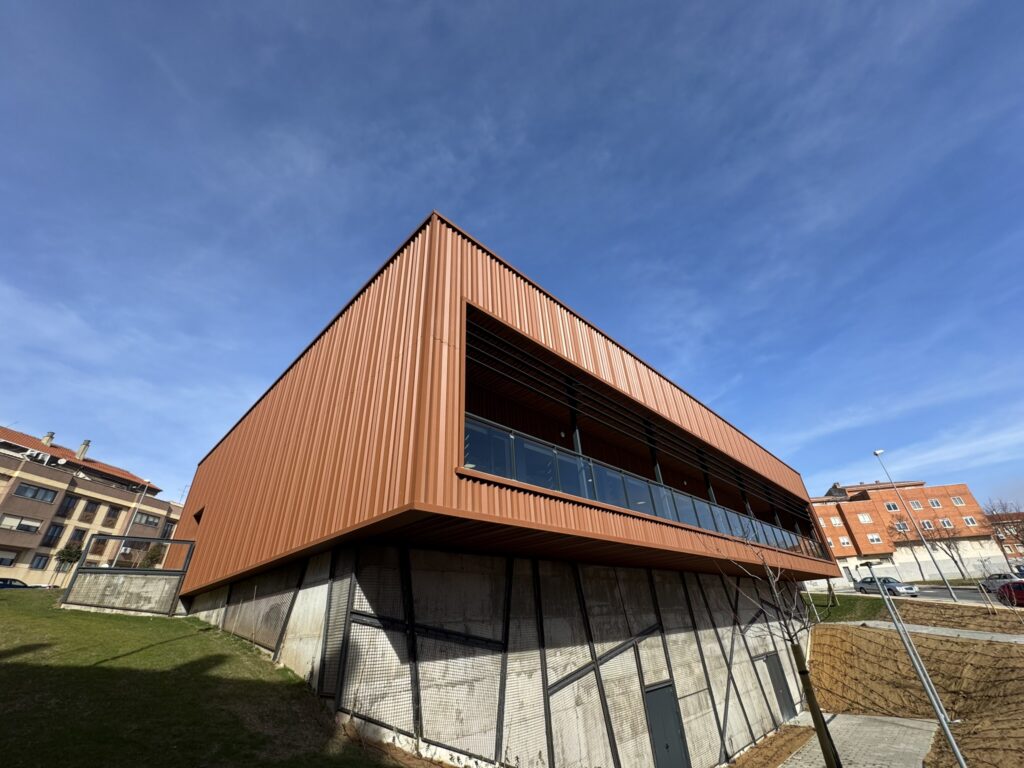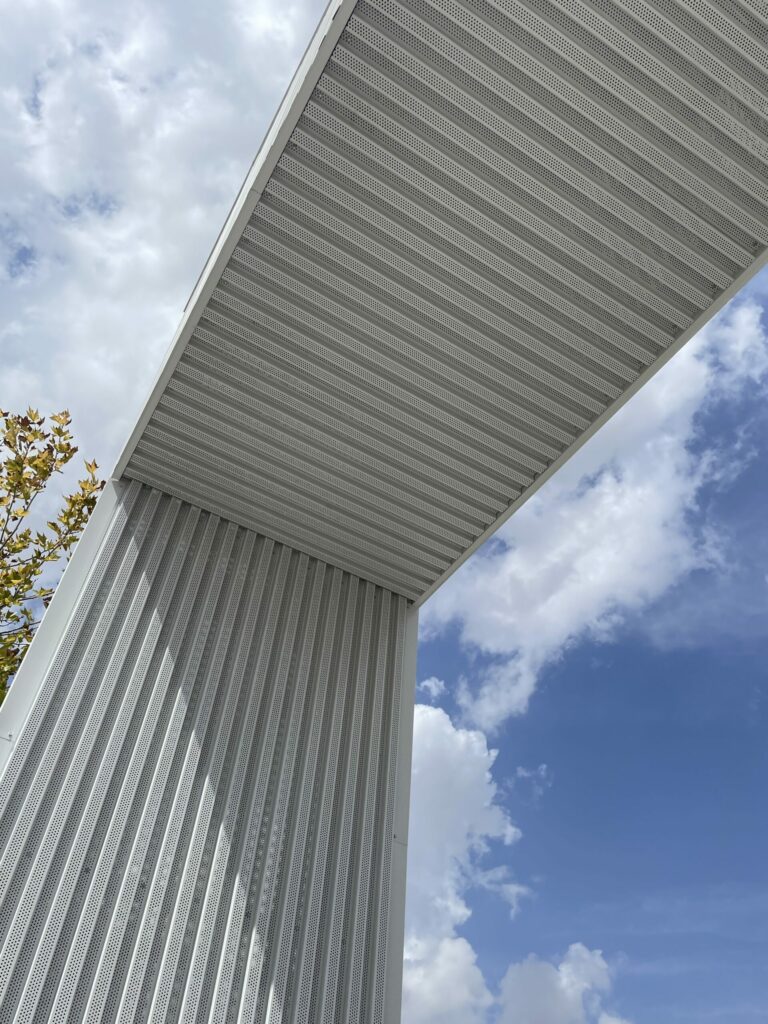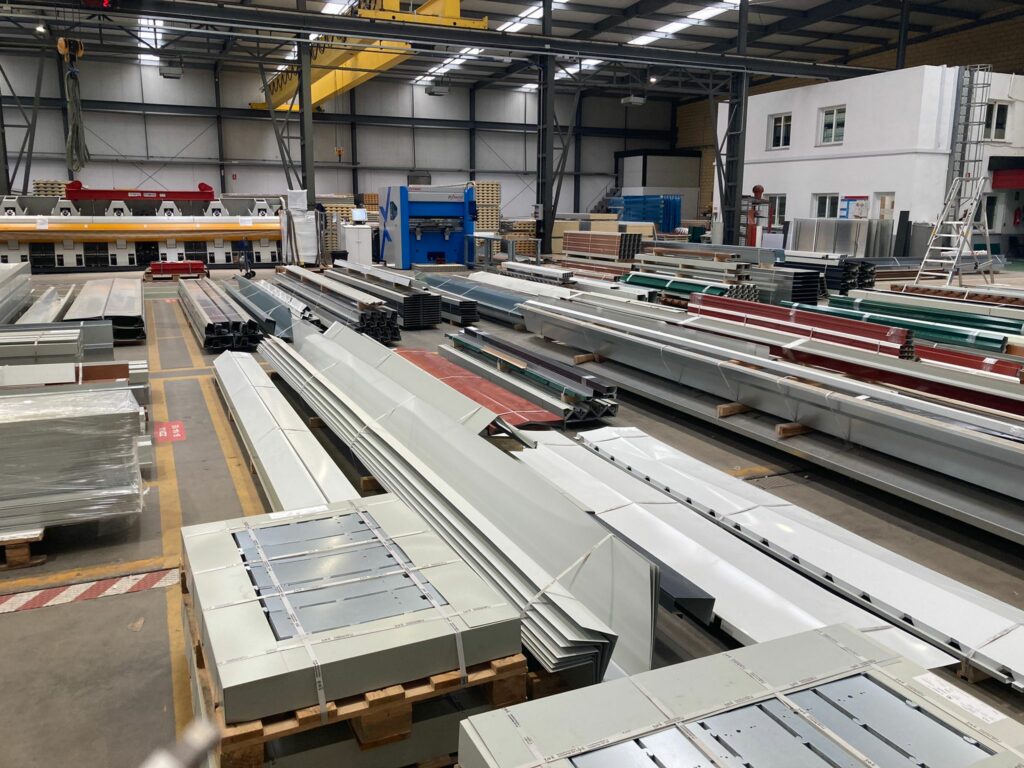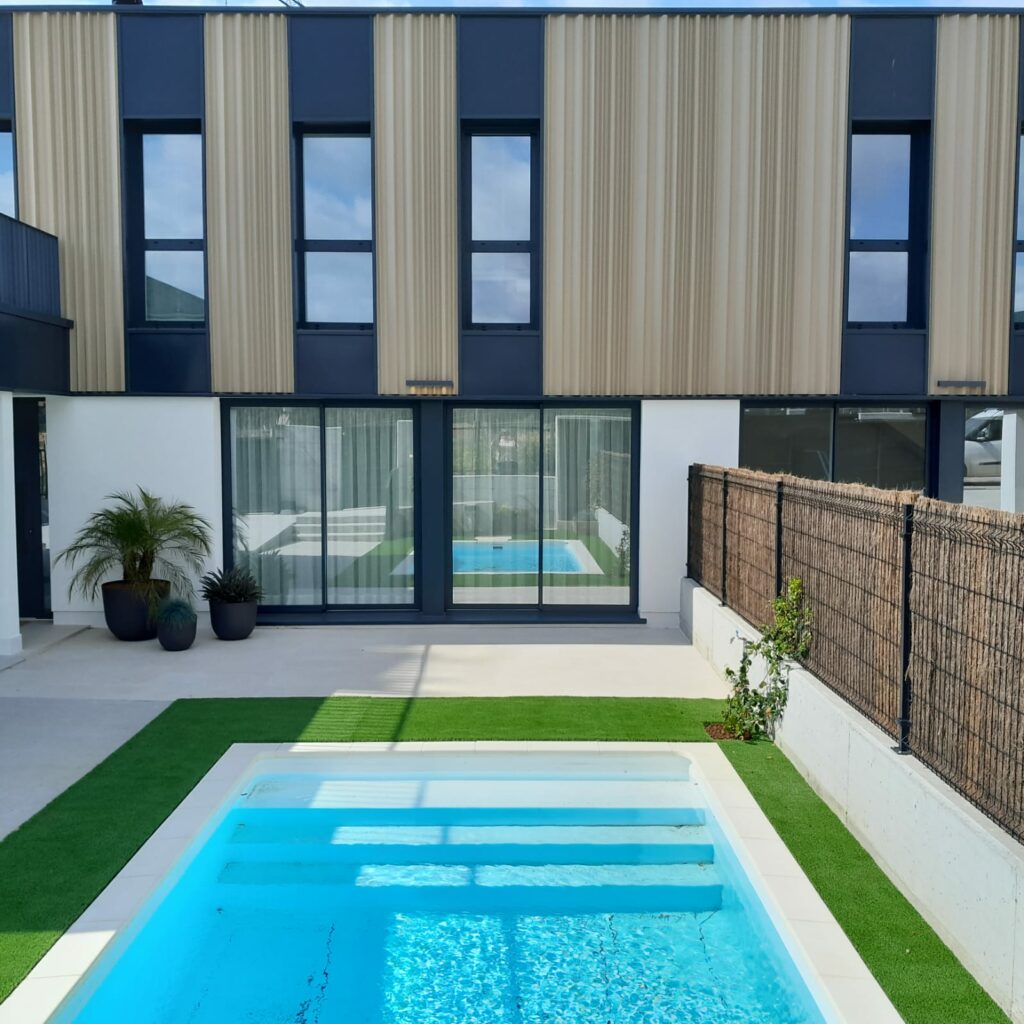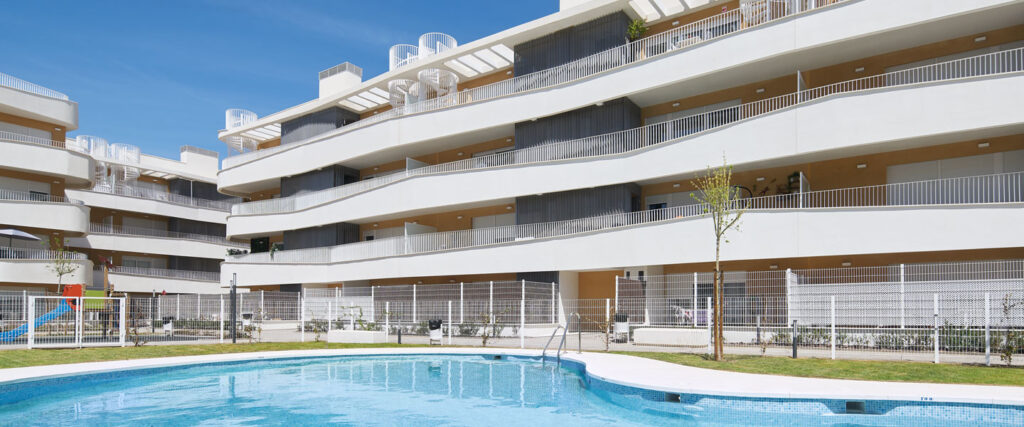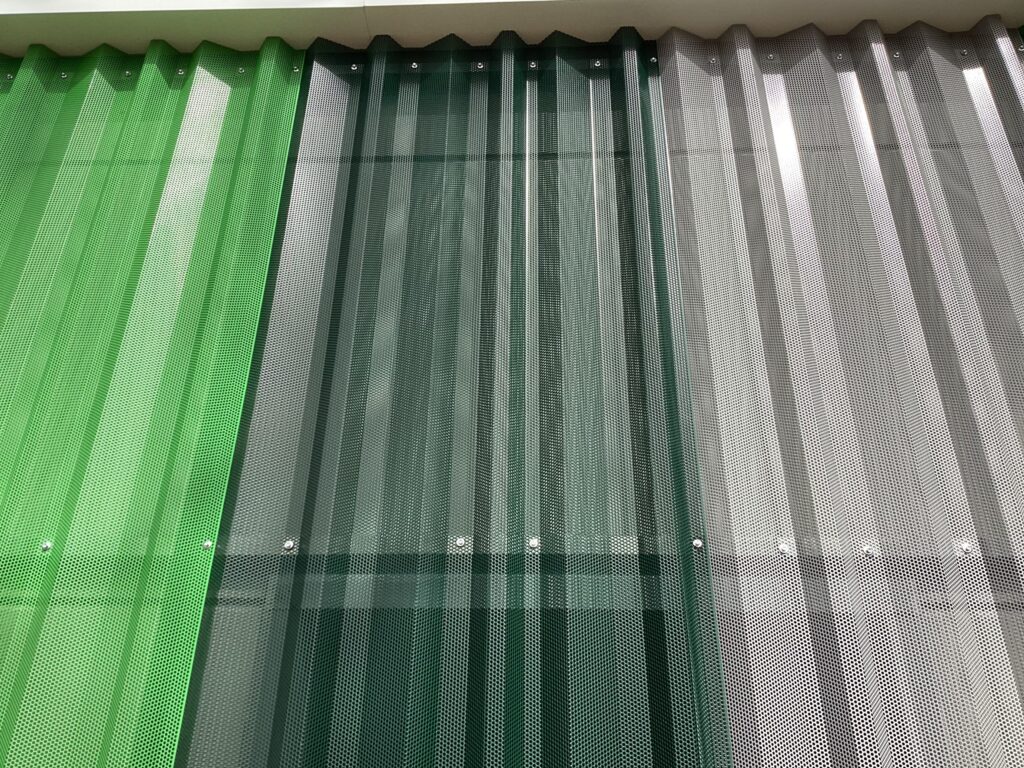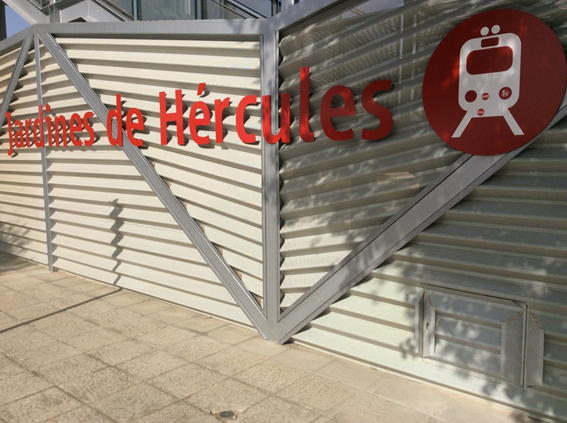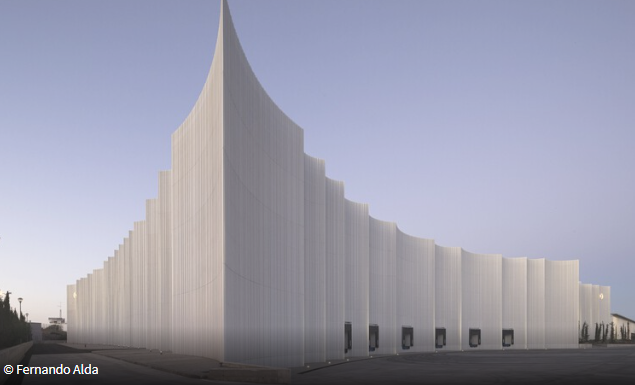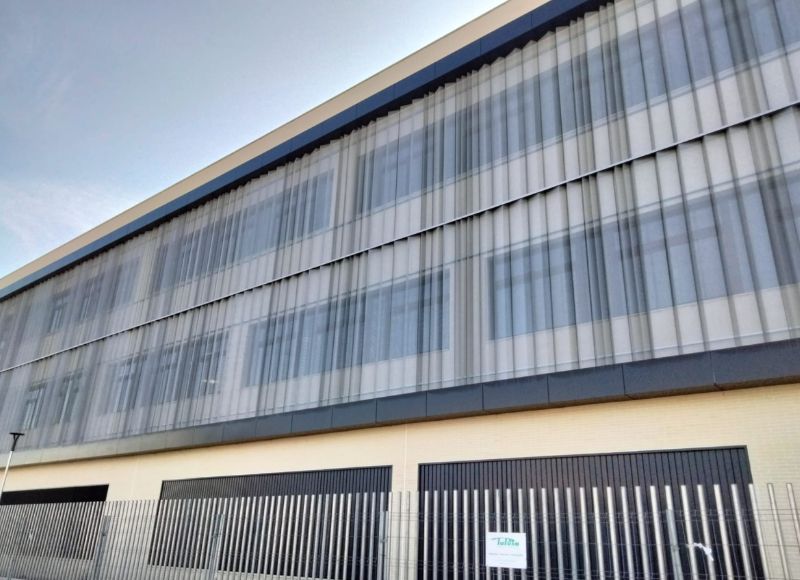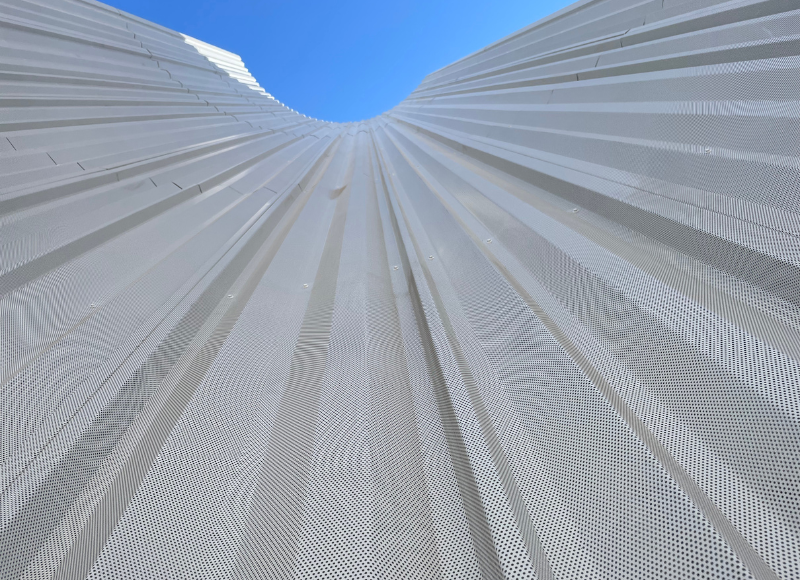Biblioteca Municipal Carmen Martín Gaite: Innovación y sostenibilidad con fachadas ligeras de acero plegado
La Biblioteca Municipal Carmen Martín Gaite, ubicada en el barrio de Pizarrales, Salamanca, es un ejemplo de arquitectura sostenible e innovadora. Su diseño moderno y funcional apuesta por una envolvente eficiente, utilizando el perfil Cabrera para construir esta fachada ligera de acero plegado. Un sistema que combina estética, durabilidad y eficiencia energética. Fachadas ligeras de acero plegado: estética y funcionalidad Uno de los aspectos más llamativos del proyecto es la originalidad del perfil arquitectónico aplicado para la fachada de este proyecto, ya que sus plegados asimétricos aportan identidad y carácter al edificio. Así, el Perfil Cabrera destaca como una solución ideal para este proyecto gracias: El color elegido para este proyecto de fachada ligera de acero plegado también contribuye a la originalidad y carácter de esta biblioteca Carmen Martín Gaite. Se trata del RAL 8004, un color marrón cobrizo o teja, muy utilizado en fachadas, cubiertas y elementos arquitectónicos metálicos debido a su estética cálida y su integración con entornos urbanos y naturales. Este color suele ser apreciado en proyectos arquitectónicos que buscan armonía con materiales tradicionales como la cerámica y el ladrillo, ofreciendo una alternativa moderna con la resistencia de los metales. Un espacio para la comunidad La Biblioteca Carmen Martín Gaite no es solo un edificio moderno, sino un centro cultural de referencia en Salamanca. Su diseño innovador y su enfoque sostenible lo convierten en un modelo a seguir en la arquitectura pública contemporánea. Con una superficie total de 1.620 m² distribuidos en tres niveles, esta biblioteca ha sido concebida para garantizar la accesibilidad universal y el mínimo impacto ambiental. El uso de fachadas ligeras de acero o aluminio plegado en proyectos como la Biblioteca Municipal Carmen Martín Gaite demuestra cómo la arquitectura puede fusionar diseño, sostenibilidad y funcionalidad. Este proyecto refuerza la importancia de emplear materiales innovadores para crear espacios eficientes y accesibles para todos. Cuenta con TAS para tu proyecto de fachada metálica.

